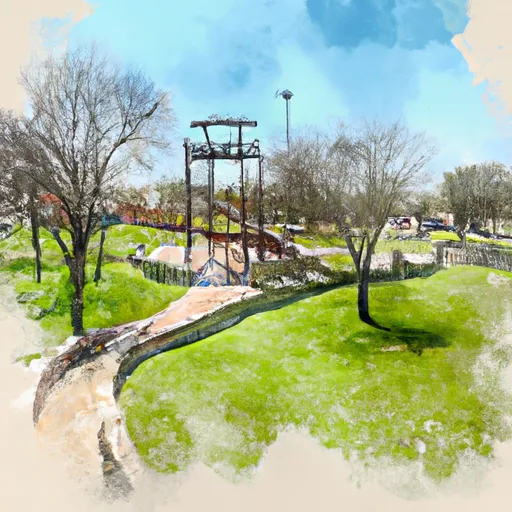Summary
The climate in Stillwater is classified as humid subtropical, with hot summers and relatively mild winters. Summers are typically hot and humid, with temperatures averaging around 90°F (32°C), while winters are cool, with temperatures averaging around 40°F (4°C). The area receives an average of 35 inches of rainfall annually, with May being the wettest month.
Hydrologically, Stillwater is situated in the Lower Cimarron River Watershed, which is part of the Arkansas-Red-White River Basin. The city relies on surface water from Lake Carl Blackwell and groundwater from wells for its water supply.
Outdoor recreation opportunities in Stillwater are abundant. Lake Carl Blackwell is a popular destination for boating, fishing, and swimming. The lake offers numerous picnic areas, campgrounds, and nature trails for visitors to enjoy. Stillwater also boasts several parks and recreational areas with sports fields, playgrounds, and walking trails. The area is also renowned for its golf courses, providing opportunities for golf enthusiasts.
In conclusion, Stillwater, Oklahoma offers a diverse climate, with outdoor recreation opportunities centered around its beautiful lake, parks, and golf courses.
Weather Forecast
Stillwater receives approximately 925mm of rain per year, with humidity levels near 81% and air temperatures averaging around 16°C. Stillwater has a plant hardyness factor of 7, meaning plants and agriculture in this region tend to thrive during the non-winter months.
Area Campgrounds
| Location | Reservations | Toilets |
|---|---|---|
 Catfish Cove
Catfish Cove
|
||
 Lake Carl Blackwell
Lake Carl Blackwell
|
||
 Lake McMurtry West
Lake McMurtry West
|
||
 Lake McMurtry East
Lake McMurtry East
|

 Southern Wood Park
Southern Wood Park
 Ingham Park
Ingham Park
 North Couch Park
North Couch Park
 Arrington Park
Arrington Park
 Big Boomer Park
Big Boomer Park